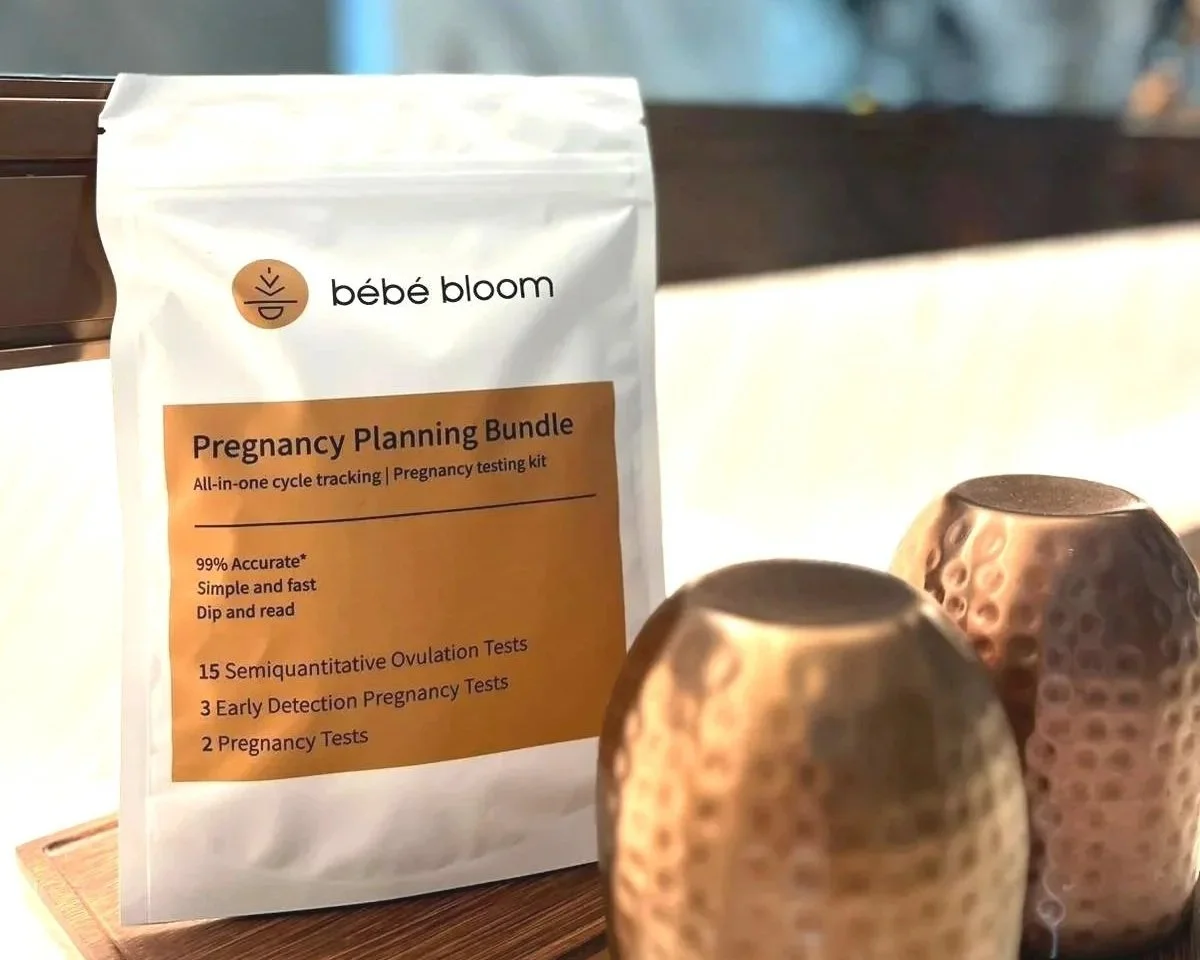Fertility language shouldn’t feel like a secret code
If you’ve spent time on fertility forums, joined a TTC (trying to conceive) group, or read advice online, you’ve probably noticed the sea of abbreviations.
For newcomers, they can feel overwhelming — especially when you’re just beginning to learn about your cycle.
We believe clarity is care. That’s why we spell out each term before using an acronym. When language is clear, more people feel supported and confident in their fertility journey.
Common fertility acronyms, explained
TTC — Trying to conceive
A simple phrase for what can be a complex journey.
TTC means you’re actively trying for a pregnancy — no fixed timeframe, no expectations, just one of many paths towards growing your family.
Source: Better Health Channel – Fertility
BBT — Basal body temperature
Your body’s lowest resting temperature, usually taken first thing in the morning. Tracking small changes in BBT can show when ovulation has already occurred, helping you understand your pattern over time.
Source: Healthdirect Australia – body temperature method
LH — Luteinising Hormone
Luteinising Hormone (LH) is what ovulation tests detect.
A surge in LH signals that ovulation is likely to happen within the next 24–36 hours — that’s your fertile window.
Source: The Royal Women’s Hospital – Ovulation testing and fertility
hCG — human chorionic gonadotropin
This is the hormone detected by pregnancy tests.
It’s produced after implantation and causes that second line to appear.
All bébé bloom pregnancy and early detection tests are designed to accurately detect hCG at the right stage of your cycle.
Source: Mayo Clinic – Home pregnancy tests: Can you trust the results?
IUI — Intrauterine insemination
A fertility procedure where sperm is placed directly into the uterus. It’s often used to increase the chance of conception when timing or sperm motility is a concern.
Source: RANZCOG – Public fertility care service
IVF — In vitro fertilisation
An assisted reproduction process in which eggs and sperm are combined in a lab to create embryos, which are then transferred to the uterus. Many people use ovulation and pregnancy testing alongside IVF treatment to better understand their cycle response.
Source: Better Health Channel – Assisted Reproductive Technology - In vitro fertilisation (IVF)
AMH — Anti-Müllerian Hormone
A hormone that gives an estimate of your ovarian reserve — how many eggs may be remaining. It’s just one piece of the broader fertility picture and should always be interpreted by a qualified clinician.
Source: Monash IVF – Early Intervention AMH blood test
PCOS — Polycystic ovary syndrome
A common hormonal condition that can affect ovulation and menstrual cycles. PCOS isn’t just about cysts — it’s about hormone balance, metabolism, and overall wellbeing.
Source: Jean Hailes for Women’s Health – Polycystic ovary syndrome (PCOS)
Language matters — keep it accessible
Fertility care touches people from many walks of life.
When we use acronyms without explanation, we risk excluding someone who’s only just beginning to learn about their body.
If you’re writing, sharing, or supporting others online:
- Always spell out the term before using the acronym
- Avoid assuming everyone knows the shorthand
- Choose calm, clear and welcoming language
We believe every journey deserves to feel seen, supported, and understood… one word at a time.
With 💛
Fatima & Sara xx
Disclaimer: This blog is intended for informational purposes only and does not constitute medical advice.
Always consult a qualified healthcare professional for personalised guidance regarding your fertility, reproductive health, or use of diagnostic tools. For clinical accuracy data or questions about our products, please contact the manufacturer directly.
